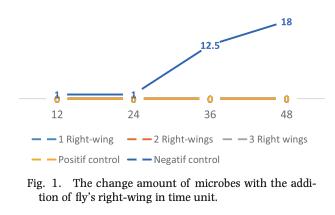Aubrey de Grey does it again: he posted another long sanctimonious screed on Facebook about how no, he isn’t the harasser, someone else was doing the harassing, and there’s a conspiracy that is gaslighting his accuser and making her think he was harassing her, which is a really weird defense to make. Here’s just one sentence from the mess to give you an unpleasant taste.
My current best guess, based on the still somewhat fragmentary data available to me, is that these matters were kept from me by others who DID have those anti-Celine, pro-harasser intentions, because they realised that if I were informed of the situation I would act very swiftly (subject to hearing his side of the story!) to excise the harasser from the community for good.
It’s not very interesting, except as a sharp example of how you should shut up when accused of this sort of thing, it doesn’t help your case at all, especially when all you can muster of conspiracy-theory-mongering. What’s also somewhat interesting, though, is that he’s clearly pandering to his groupies, who are falling all over themselves to agree with his wacky stories.













